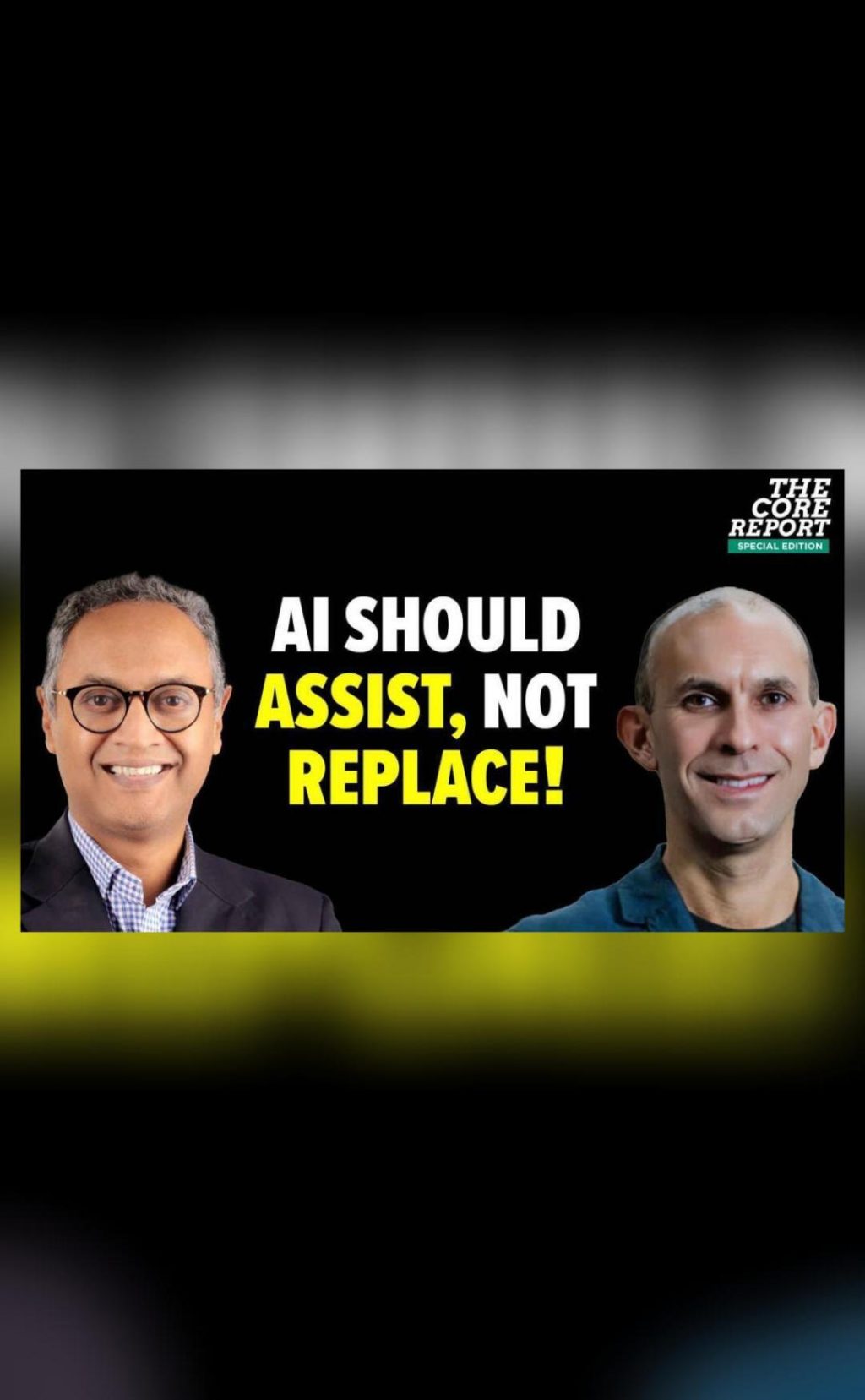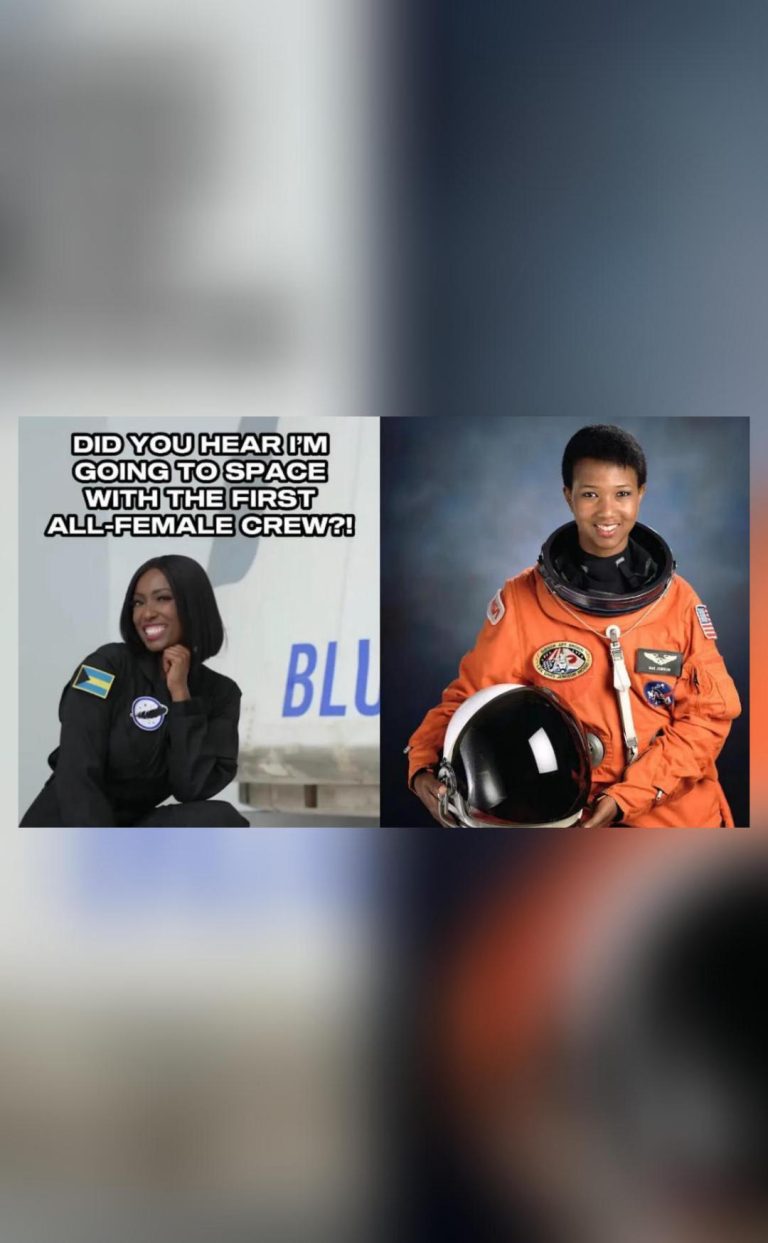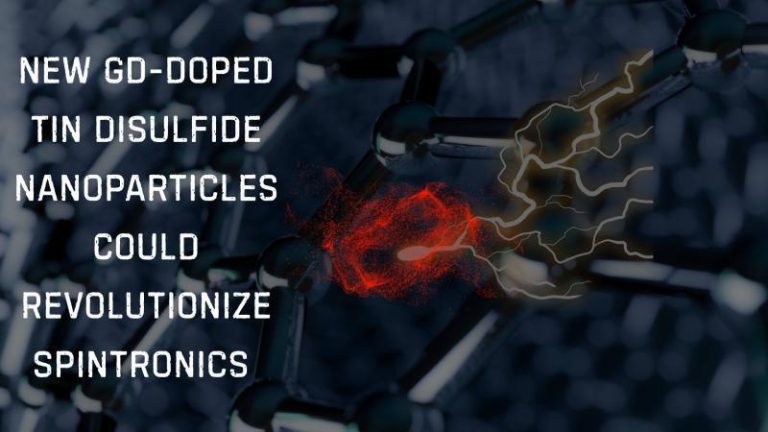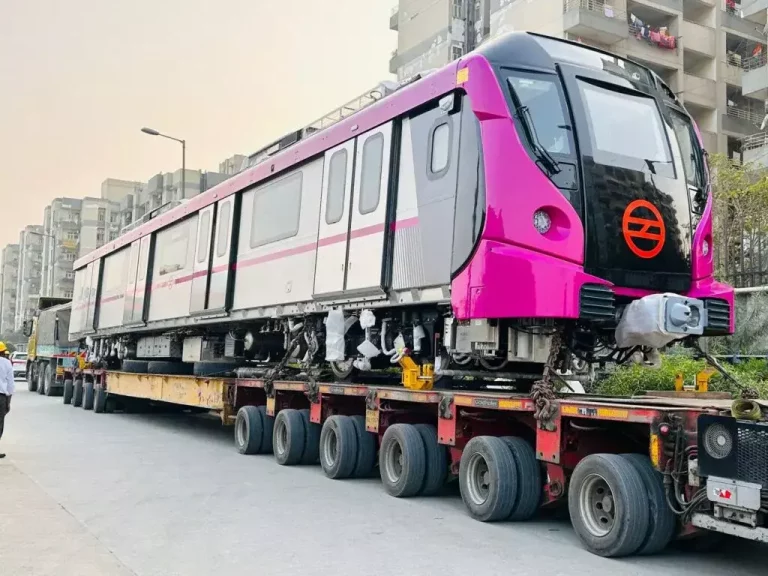
Why AI must work with us—not replace human intelligence
As artificial intelligence (AI) continues to advance at an unprecedented rate, it’s natural to wonder whether machines will eventually surpass human intelligence. Recent breakthroughs in AI research have led to the development of systems that can learn, reason, and even exhibit creative behavior, sparking concerns about the potential risks and implications of such advancements.
One of the most significant concerns is the possibility of AI replacing human intelligence altogether. This notion has been debated by experts and scholars, with some arguing that AI will eventually become so advanced that it will render human cognition obsolete. However, neuroscientist Anil Seth, a renowned expert in the field of consciousness and AI, believes that this is not only unlikely but also undesirable.
In a recent conversation, Seth discussed the gap between intelligence and consciousness, exploring the complex relationship between the two and the risks of relying solely on AI. According to Seth, intelligence and consciousness are not interchangeable terms, and it’s crucial to distinguish between the two when considering the future of AI.
“What’s intelligence?” Seth asked, “Is it just being able to process information quickly? Can machines do that? Yes, they can. But is that what we mean by intelligence? I think not. Intelligence is not just about processing information; it’s about understanding what it means, being able to contextualize it, and being able to make decisions based on that understanding.”
Seth emphasized that the brain’s ability to interpret reality is a fundamental aspect of human consciousness, and this cannot be replicated by machines alone. While AI systems may be able to process vast amounts of data, they lack the complex emotional and social experiences that shape our understanding of the world.
“Consciousness is not just about being aware of your surroundings; it’s about being aware of your own thoughts, feelings, and desires,” Seth explained. “It’s about being able to reflect on your own experiences and make sense of them. Machines don’t have that capacity. They don’t have subjective experience; they don’t have emotions.”
One of the most significant risks of relying solely on AI is the potential for emotional disconnection. As machines become more advanced, we may find ourselves interacting with systems that are capable of simulating emotions, but lack the genuine emotional experience. This can lead to a sense of disconnection and isolation, as we struggle to form meaningful relationships with machines that don’t truly understand us.
“This is a problem,” Seth warned. “If we’re going to create machines that are capable of interacting with us, we need to make sure they’re capable of understanding our emotions and responding in a way that’s empathetic and compassionate. If we don’t, we risk creating a society that’s increasingly isolated and disconnected.”
Another critical issue is the risk of anthropomorphizing AI, or projecting human emotions and traits onto machines. This can lead to a false sense of understanding and intimacy with AI systems, which can have significant consequences.
“We’re wired to project emotions onto machines,” Seth noted. “We do it with animals; we do it with inanimate objects. And we’ll do it with AI. But that’s a mistake. Machines are not human; they don’t have the same emotional experiences as we do. And if we’re not careful, we’ll end up creating a society where we’re treating machines like they’re human, and that’s a recipe for disaster.”
So, what’s the solution? According to Seth, the key is to approach AI development in a collaborative, not competitive, manner. Rather than pitting human intelligence against AI, we should be working together to create systems that augment and enhance our capabilities.
“We need to recognize that AI is a tool, not a replacement for human intelligence,” Seth emphasized. “We need to use AI to augment our own abilities, to help us make better decisions, to help us understand the world better. We need to work together with AI, not against it.”
In conclusion, the future of AI is not about replacing human intelligence, but about working together to create a more harmonious and collaborative relationship between humans and machines. By acknowledging the limitations and strengths of both AI and human intelligence, we can create a future where AI enhances our lives, rather than replacing them.
Source: https://youtu.be/-Q8M2EHpGI0






